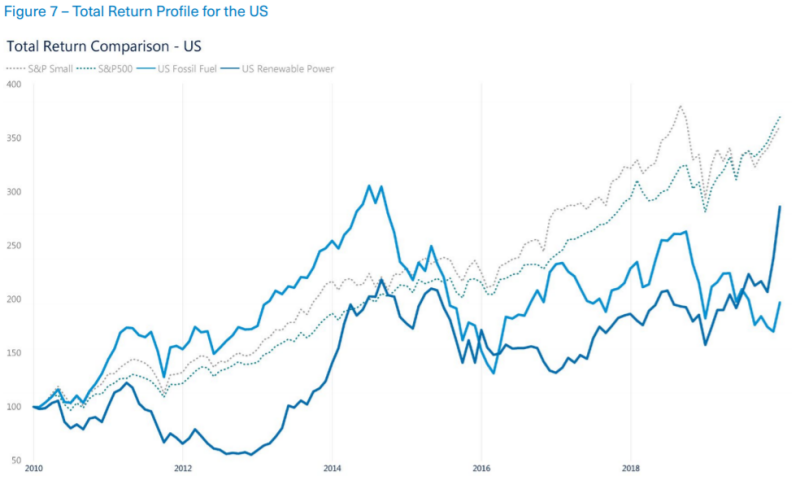Investors are shifting their focus to renewable energy as fossil fuel stocks continue to decline. This move comes as financial backers try to exploit the developing interest in clean energy and lessen their openness to the dangers related to petroleum derivatives.
As indicated by a report by the Worldwide Energy Organization (IEA), environmentally friendly power sources are set to rule the worldwide power market by 2035. The report predicts that environmentally friendly power sources will represent 80% of the new power age limit introduced throughout the following ten years, with sunlight-based and wind power driving the way.
This shift towards sustainable power is being driven by a blend of elements, including government strategies pointed toward advancing clean energy, declining expenses of environmentally friendly power innovations, and developing worries over the ecological and well-being effects of petroleum derivatives.
Financial backers observe these patterns and progressively put resources into environmentally friendly power projects. In 2021, worldwide interest in sustainable power projects arrived at a record $303.5 billion, up 2% from the earlier year, as per information from BloombergNEF.
This venture isn’t just really great for the climate yet in addition for financial backers’ portfolios. A Global Sustainable Investment Alliance report found that sustainable investment funds outperformed their traditional counterparts during the COVID-19 pandemic.
As the shift towards sustainable power proceeds, it is normal that more financial backers will run to this area, further driving down the expense of sustainable power innovations and speeding up the change to a low-carbon economy.
The declining fossil fuel stocks have resulted in investors shifting their focus towards renewable energy. The trend is driven by various factors such as government policies, declining costs, and environmental concerns. As a result, the renewable energy sector is seeing increased investment, which is expected to further drive down costs and accelerate the transition to a low-carbon economy.













